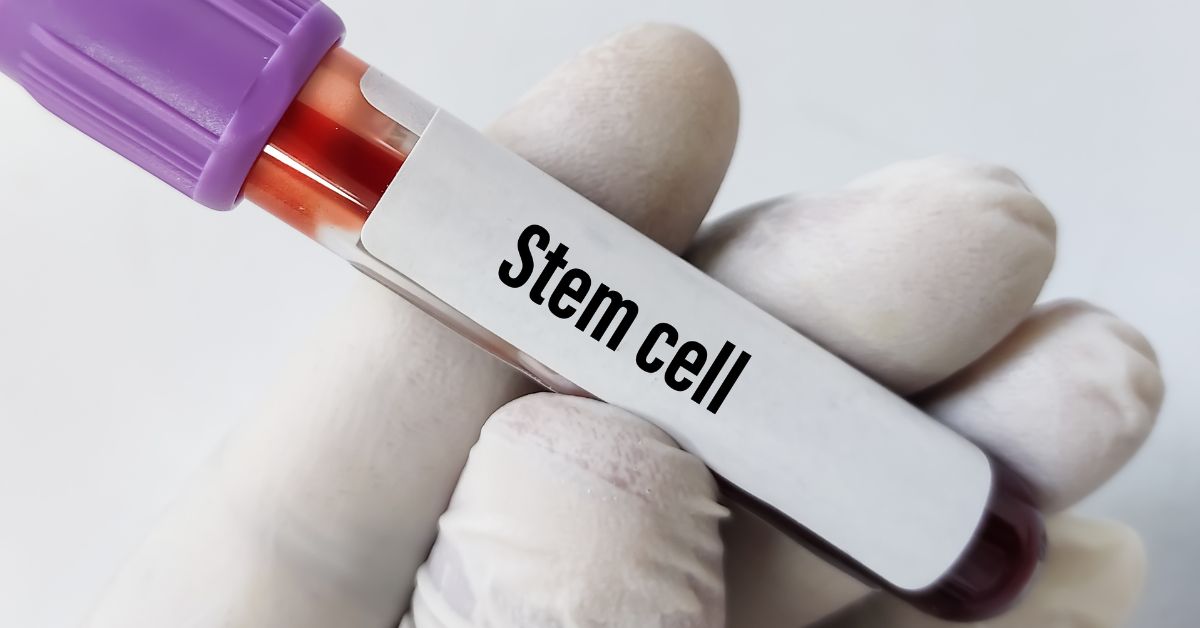Are you exploring regenerative medicine options and wondering about stem cell treatment cost in Southeast Asia? As clinics offering stem cell therapies proliferate across Singapore, Malaysia, and Thailand, potential patients often first ask: How much will it cost me?
In this article, we outline ballpark cost estimates and factors influencing pricing.
Back to main channel: Stem Cell Therapy
Why Prices Vary So Widely
Before diving into numbers, it is crucial to understand why stem cell treatment cost ranges so much. The variation depends on:
- Type of stem cells (autologous — your own cells, versus allogeneic/donor).
- Purity, processing, and laboratory protocols.
- Condition being treated (orthopaedic, neurological, autoimmune, anti-ageing, etc.).
- Number of sessions or repeated treatments.
- Clinic reputation, technology and regulatory compliance.
- Inclusion or exclusion of ancillary services (imaging, consultation, follow-ups, hospital stay).
- Geographic and regulatory environment.
Because of these variables, the figures below should be treated as indicative ranges and not guarantees.
Estimated Stem Cell Treatment Cost by Country
Here are approximate cost ranges based on published sources. Note that the actual cost for your case may be higher or lower depending on the variables above.
| Country | Cost (USD) | Equivalent in SGD | Equivalent in MYR | Equivalent in THB |
| Singapore | $5,000 – $50,000 | S$6,800 – S$68,000 | RM 23,500 – RM 235,000 | THB 182,500 – THB 1,825,000 |
| Malaysia | $4,300 – $17,000 | S$5,848 – S$23,120 | RM 20,210 – RM 79,900 | THB 156,950 – THB 620,500 |
| Thailand | $1,260 – $20,000 | S$1,714 – S$27,200 | RM 5,922 – RM 94,000 | THB 45,990 – THB 730,000 |
Disclaimer: Prices are indicative and may vary significantly depending on the clinic, treatment type, and patient condition. Exchange rates fluctuate, the figures provided are for guidance only.
Why People May Consider Regional Treatment
- Cost savings: Some regions may offer significantly lower cost than others.
- Accessibility: For Singaporeans, Malaysians and Thais themselves, regional travel is convenient.
- Choice of clinics: Because stem cell therapy is relatively new and evolving, many patients prefer evaluating regional centres directly.
- Comparative oversight: Local residents may benefit from follow-up ease if the specialist is in their country (Singapore or Malaysia).
That said, cost should not be the only factor. Quality, safety and outcomes also matter greatly.
Stem Cell Specialist To Consider
If you are exploring stem cell injection in Thailand, connecting with an experienced stem cell specialist is important. A qualified specialist can provide medical assessment, explain available options, and help you understand realistic expectations for treatment.

Contact Us
For inquiries or to be introduced to a stem cell specialist, contact us today.
Frequently Asked Questions (FAQs)
1. Is stem cell treatment legal in Singapore, Malaysia and Thailand?
Yes, but under differing regulatory regimes. In Singapore, treatments must comply with the Singapore Health Sciences Authority and ethical oversight. In Malaysia and Thailand, clinics offering stem cell or regenerative therapies must follow national medical regulations. Always ensure the clinic is licensed and transparent about its protocols.
2. Will insurance cover stem cell treatment?
In most cases, no – especially when treatments are classified as experimental or “regenerative medicine.” Some insurers may cover specific stem cell transplant procedures (e.g. bone marrow transplants) for established indications, but not cosmetic or off-label uses.
3. How many sessions will I need?
It depends on your condition, the severity, and the treatment plan. Some patients may require a single session with follow-up boosters, while others may need multiple infusions over months. The specialist’s assessment will guide this.
4. What are the key risks I should ask about?
Risks include infection, immune rejection (for donor cells), improper cell differentiation, or lack of effect. Proper lab processing, sterility, monitoring and physician expertise mitigate many risks.
5. How long before I see results?
Results vary by indication. In orthopaedic or joint treatments, some patients report improvement within weeks to months. For neurological or systemic conditions, it may take longer (months to a year) and outcomes are less predictable. The specialist should provide realistic expectations for your situation.
Disclaimer: 365Asia aims to provide accurate and up-to-date information, our contents do not constitute medical or any professional advice. If medical advice is required, please consult a licensed healthcare professional. Patient stories are for general reading. They are based on third-party information and have not been independently verified.





